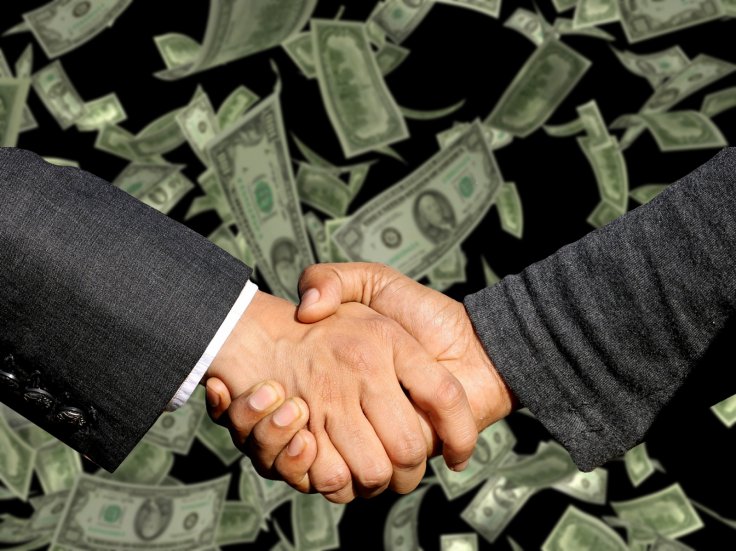The "phase one" U.S.-China trade deal will nearly double U.S. exports to China over the next two years and is "totally done" despite the need for translation and revisions to its text, U.S. Trade Representative Robert Lighthizer said on Sunday. Lighthizer, speaking on CBS' "Face the Nation" program, said there would be some routine "scrubs" to the text but "this is totally done, absolutely."
A date for senior U.S. and Chinese officials to formally sign the agreement is still being determined, Lighthizer said. The deal, announced on Friday after more than two and a half years of on-and-off negotiations between Washington and Beijing, will reduce some U.S. tariffs on Chinese goods in exchange for increased Chinese purchases of U.S. agricultural, manufactured and energy products by some $200 billion over the next two years.
China has also pledged in the agreement to better protect U.S. intellectual property, to curb the coerced transfer of American technology to Chinese firms, to open its financial services market to U.S. firms and to avoid manipulation of its currency.

Chinese purchases of agricultural goods are expected to increase to $40 billion to $50 billion annually over the next two years, Lighthizer said. The United States exported about $24 billion in farm products to China in 2017, the last full year before the world's two largest economies launched a tariff war on each others' goods in July 2018.
TARIFF REDUCTION OFFERS
The deal suspended a threatened round of U.S. tariffs on a $160 billion list of Chinese imports that was scheduled to take effect on Sunday. The United States also agreed to halve the tariff rate, to 7.5%, on a $120 billion list of Chinese goods including Bluetooth headphones, smart speakers and flat-panel televisions.
USTR and the U.S. Treasury said reports that U.S. negotiators had offered to cut the tariff rate by half on all $360 billion worth of goods hit by tariffs were "utterly false". "No such offer was ever made to China by the United States. There is not a single knowledgeable American negotiator who would support this falsehood," the agencies said in a joint statement.
The deal ultimately left 25% U.S. tariffs on $250 billion worth of Chinese imports, limiting stock market gains on Friday. Lighthizer said the success of the deal will be up to decisions by officials Beijing.
"Ultimately, whether this whole agreement works is going to be determined by who's making the decisions in China, not in the United States," Lighthizer said. "If the hard-liners are making the decisions we're going to get one outcome, if the reformers are making the decisions — which is what we hope — then we're going to get another outcome." He said it would not solve all of the problems between the United States and China, because integrating China's state-dominated economic system with America's private-sector led system will take years.
USMCA LABOR CONCERNS

Lighthizer called Friday the "most momentous day in trade history" because of the China deal and because the White House sent a revised U.S.-Mexico-Canada Agreement to Congress for approval votes. The two trade deals together cover some $2 trillion in overall trade, he said.
But the USMCA, which would replace the 26-year-old North American Free Trade Agreement, has run into some last minute snags as Mexico's chief negotiator, Jesus Seade, has objected to congressional language on implementation of the trade deal that calls for the designation of up to five U.S. labor attaches based in Mexico to monitor Mexico's compliance with labor reforms.
Seade, who had objected to inspections of Mexican factories by U.S. labor officials, was due to travel to Washington on Sunday to raise his concerns with Lighthizer. In a series of tweets on Sunday, Seade said the function of the labor attaches is unclear, "but that Mexico will NEVER accept if this is in any measure disguised inspectors, for a simple reason: Mexican law prohibits it."








